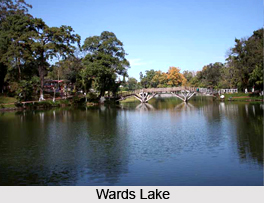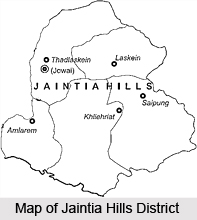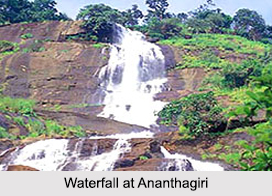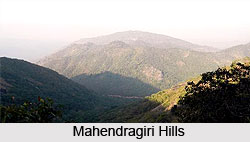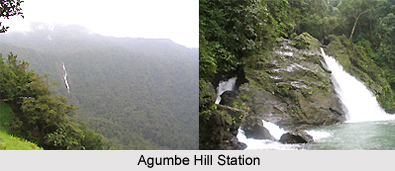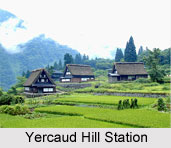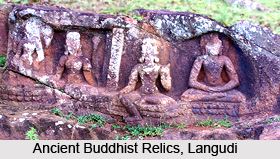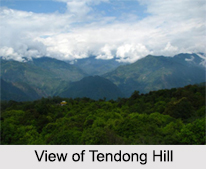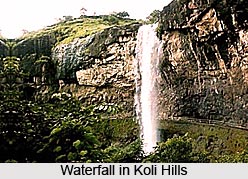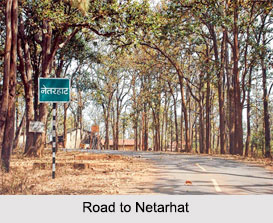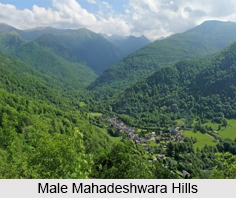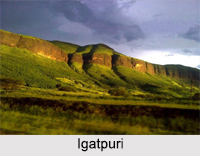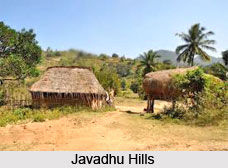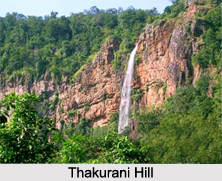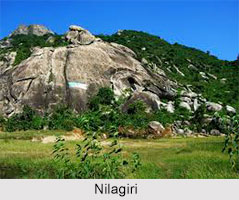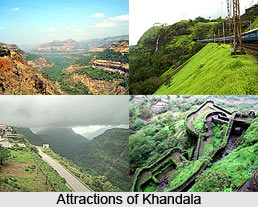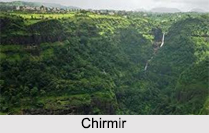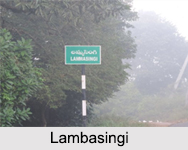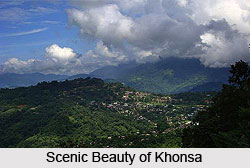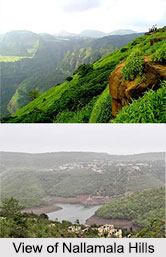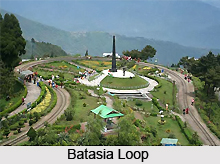 Ghum, situated in the Darjeeling Himalayan hill region of the Indian state West Bengal, is a small hilly locality. The place is nestled at an altitude of 2258 metres. Also spelt as Ghoom, Ghum hosts the highest railway station in India. It also shelters the Ghum Monastery. Ghum is also known for Batasia Loop which is a bend of the Darjeeling Himalayan Railway. The place has laudable natural beauty. A huge detached rock stands on the Ghum-Sukhiapokri road, at a height of 7900 feet, which presents a grand view of the Balsan Valley and the hills beyond it. There is also an amusement park called Garg World.
Ghum, situated in the Darjeeling Himalayan hill region of the Indian state West Bengal, is a small hilly locality. The place is nestled at an altitude of 2258 metres. Also spelt as Ghoom, Ghum hosts the highest railway station in India. It also shelters the Ghum Monastery. Ghum is also known for Batasia Loop which is a bend of the Darjeeling Himalayan Railway. The place has laudable natural beauty. A huge detached rock stands on the Ghum-Sukhiapokri road, at a height of 7900 feet, which presents a grand view of the Balsan Valley and the hills beyond it. There is also an amusement park called Garg World.
War Memorial at Ghum
Ghum is also the home to a war memorial. Since ages, a number of Indian Army servicemen and ex-servicemen have dwelled in the Darjeeling hills and since the year 1947, a number of brave soldiers of this region have lost their lives for their motherland. To honour their efforts, Manish Gupta, then Deputy Commissioner of Darjeeling in 1976, took the initiative to construct a War Memorial, for which a committee was formed. In 1984 the site was selected for the War Memorial which was Batasia. The financing for the construction of memorial was done by Subhas Ghising, Chairman of Darjeeling Gorkha Autonomous Hill Council in the year 1991. The War Memorial comprises a sanctified raised oval platform over which a high bronze statue stands. There is also a high triangular granite cenotaph over an octagonal base having the engravings of the Roll of Honour. Gautam Pal of Krishnanagar sculpted the bronze statue.
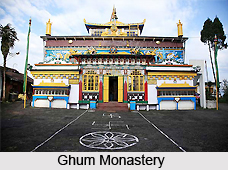 Monasteries in Ghum
Monasteries in Ghum
Ghum Monastery, also known as Yi Gha Choling Gompa, stands below Hill Cart road and Ghum railway station. An image of the Maitreya Buddha is enshrined in the monastery. Constructed in 1875, the monastery belongs to the Yellow sect of the Buddhists who offer their reverence to a 15 feet tall statue of Coming Buddha. Apart from this, Ghum also shelters three other gompas namely the Phin, the Sakyachoeling and Samten Choeling.
Tiger Hill at Ghum
Tiger Hill is located 5 kilometres away from Ghum at an altitude of 1100 feet. On a clear day, Tiger Hill offers a panoramic view of the top of Mount Everest which is the highest peak in the world. The sunrise at Tiger Hill is splendid and attracts a number of tourists in the early morning to witness the same. However Ghum and the surrounding areas are often shrouded with clouds which hinder the view of sunrise. The area also houses the Senchel Water Reservoir, at an altitude of 8163 feet, which supply water to the entire Darjeeling town.
